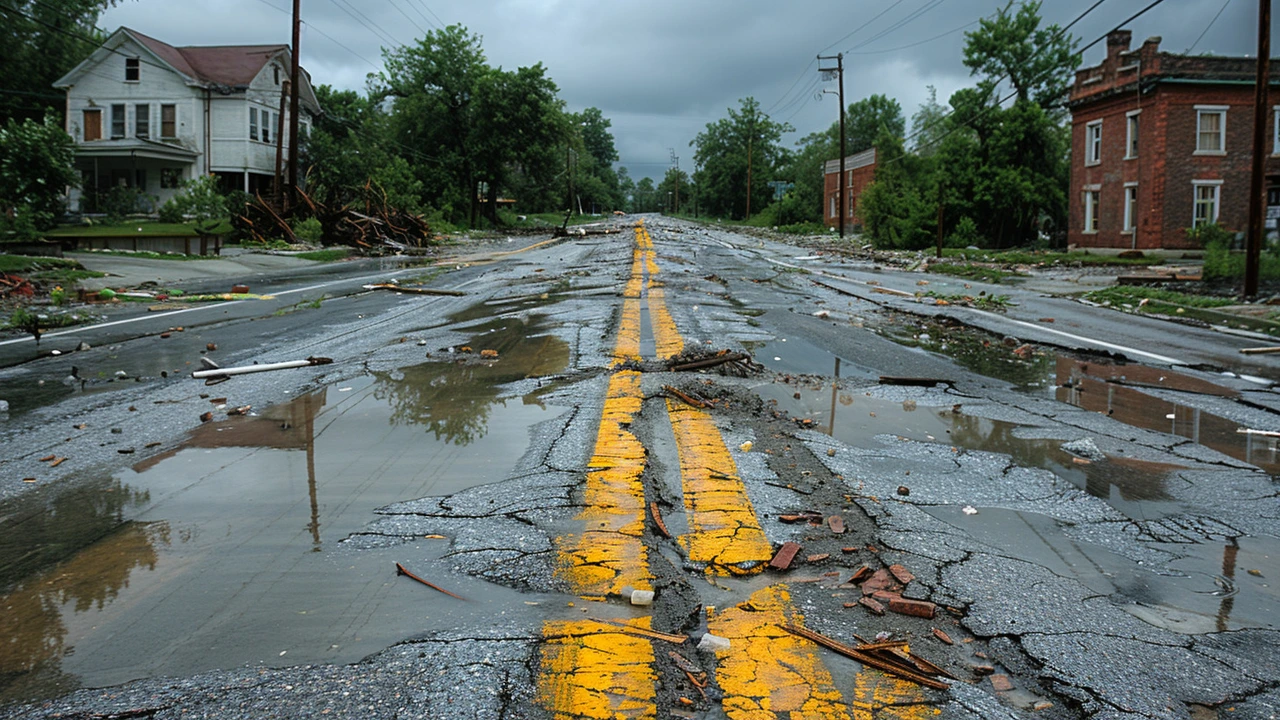South Africa flood — what to expect and how to stay safe
Floods in South Africa can come fast and hit hard, especially during the summer rainy season. Coastal provinces like KwaZulu‑Natal and parts of the Eastern Cape and Western Cape are often affected, but floods can happen anywhere after heavy rains or dam releases. Knowing simple steps before, during, and after a flood makes a huge difference for you and your family.
Before a flood: practical preparation
Sign up for local alerts from the SA Weather Service and your municipality. Those alerts tell you about heavy rain, flash floods, and dam releases. Save emergency numbers in your phone: local municipal disaster office, police, ambulance, and Red Cross South Africa.
Make a quick go‑bag with water, nonperishable food for 72 hours, a torch, spare batteries, a first aid kit, copies of ID and medical cards, and enough medication. Keep cash in a waterproof pouch; ATMs may be down after a flood.
Know your evacuation routes and a safe meet‑up spot for family. If you live near a river, low‑lying area, or informal settlement, plan to move to higher ground when warnings appear. Take photos of your home and valuables for insurance before any flood event.
During a flood: do these things right now
If authorities tell you to evacuate, go immediately. Don’t wait for water to reach your home. If you must drive, avoid flooded roads. Just 15 cm of moving water can push a car off the road; six inches can stall your vehicle.
Move to higher floors but avoid enclosed spaces like attics without escape routes. If trapped, signal from a window or roof. Do not walk through floodwater — it can hide fast currents, open drains, sharp objects, or contaminated sewage.
Turn off electricity and gas if you can do so safely. If water reaches electrical sockets or appliances, don’t touch them. Keep phones charged and use text messages when possible to conserve battery and avoid clogged voice lines.
After the flood: check, report, recover
Only return home after officials say it’s safe. Watch for structural damage, gas leaks, and live wires. Wear sturdy shoes and gloves when cleaning up. Take photos of damage for insurance and report flooded roads or blocked drains to your municipality so they can act.
Look out for waterborne disease signs and seek medical help if you or family members feel unwell. If you need immediate help, contact local emergency services or community relief groups like the South African Red Cross or faith‑based organisations offering shelter and food.
Want live updates? Follow SA Weather Service, your local municipality, and trusted news outlets on social media. Community WhatsApp groups can share local conditions fast, but always confirm official warnings first.
Floods are frightening, but a few clear steps—signing up for alerts, preparing a go‑bag, evacuating early, and following safety rules—reduce risk a lot. Keep this page saved and share with family so everyone knows what to do when heavy rain hits.
Severe Storm Devastates Kariega and Gqeberha, Leaving Six Dead and Hundreds Displaced
By Sfiso Masuku On 3 Jun, 2024 Comments (8)

A catastrophic storm in Kariega and Gqeberha has claimed at least six lives, caused widespread flooding, and forced over 1,100 residents to evacuate. Authorities have activated emergency operations and deployed rescue teams to assist affected communities and provide relief.
View More




